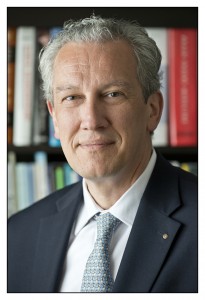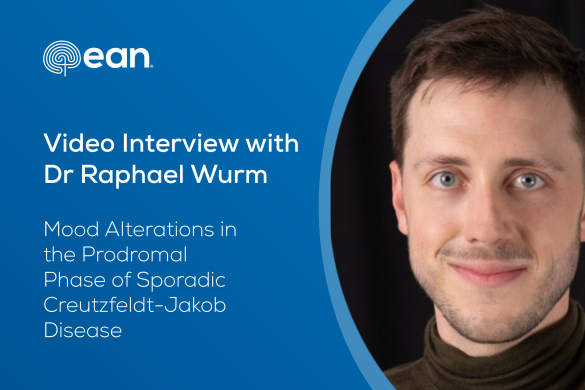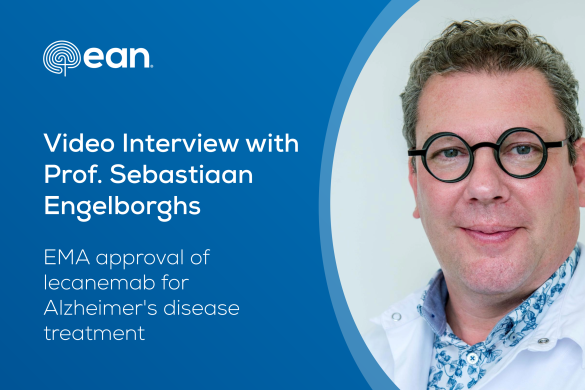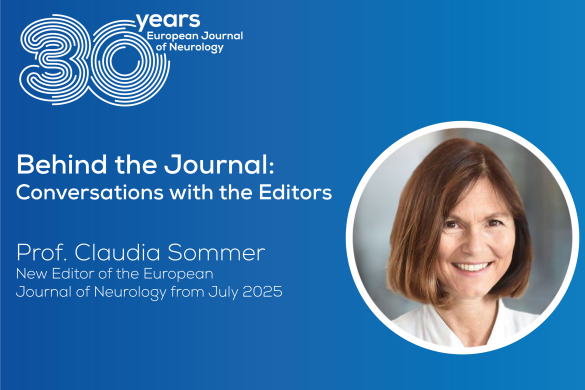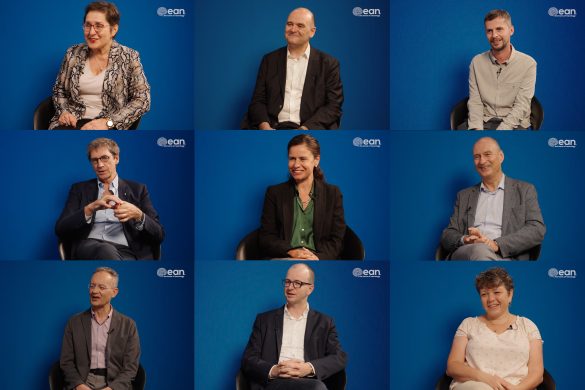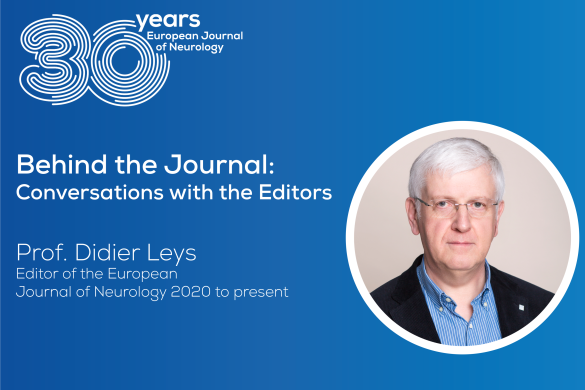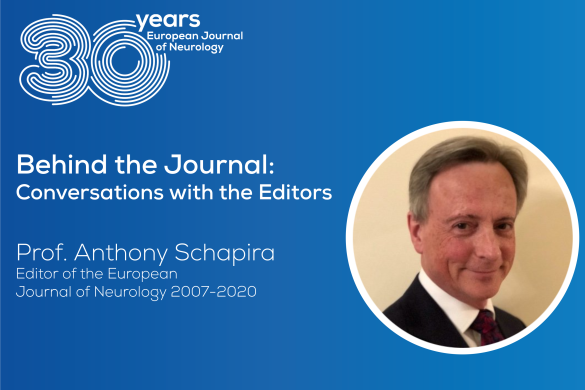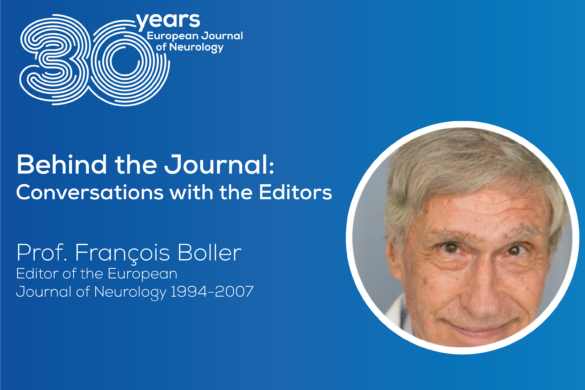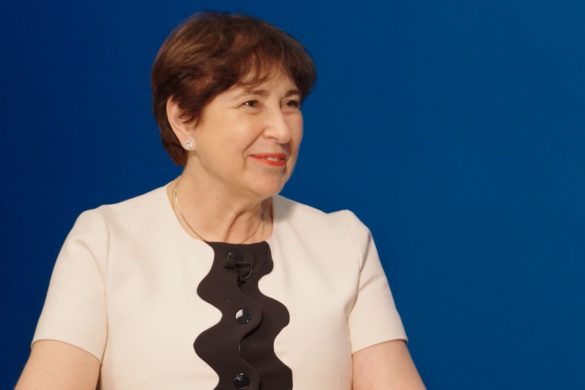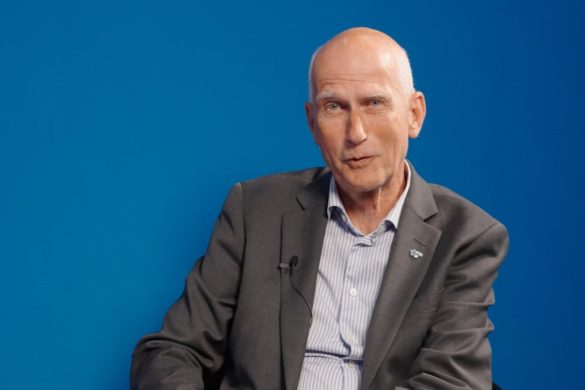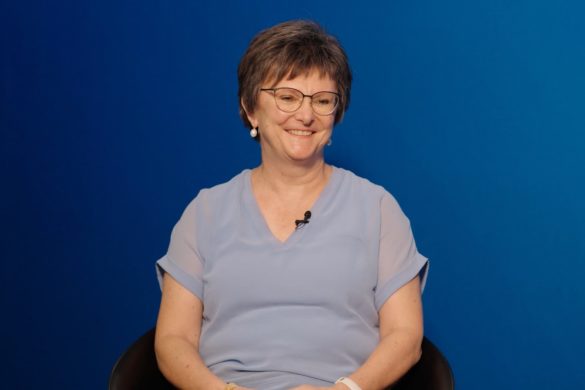Elena Moro (EM): As Programme Committee Chair, can you share you vision about the role of the EAN within the community of European Neurologists?
Paul Boon (PB): I believe EAN has a unique mission to provide a platform for neurology in Europe, at a large scale and high level of professionality. Europe has a strong tradition of clinical discoveries, scientific breakthroughs and academic teaching in the field of neurology. The EAN will foster any new such developments and will enhance the standards of clinical neurology by providing guidelines and practice recommendations. The EAN scientific and educational programmes will be of the highest possible quality and directed both to young and established professionals, systematically disseminating state-of-the art knowledge and stimulating exchange of students and professionals in Europe. The annual EAN congress aims at being the reference meeting not only for scientific and educational exchanges but also for professional networking and social interaction. Neurologists in Europe should identify with EAN and EAN should be their main vehicle for dissemination of knowledge, advocacy and representation in Europe.
EM: Can you tell us about your view on how the EAN Congress may integrate working with related specialties such as on Epilepsy, Stroke, Multiple Sclerosis, and Movement Disorders, without duplicating news and messages?
PB: EAN has a clear strategic view on how to work with the neurology subspecialty societies in Europe. While we appreciate that subspecialty societies have specific aims and a particular audience, EAN wants to bring together general neurologists and specialised neurologists in one overarching congress. This will guarantee that information provided at the EAN congress on specific diseases will be of the highest level of quality and actuality and it will also enhance the interaction among different subspecialty professionals. Moreover, EAN aims at being present at the European congresses of the subspecialty societies with sessions that cover aspects that are particularly relevant for general neurology and neurologist. The keywords in working with subspecialty societies will be “collaborating” and “sharing”, which will also translate in offering subspecialty societies membership and input in the EAN scientific panels and other bodies and systematically working on the guideline production.
EM: The EAN aims at being the common platform for neurology and neurology related specialties. How can your specific work on epilepsy bring an added value to this aim?
PB: In the field of epilepsy, which has been my main scientific focus for many years, we are actively working on the model of collaboration and sharing between EAN and the Commission of European Affairs of the International League against Epilepsy (CEA-ILAE). In the past year, an EAN-CEA-ILAE liaison group was created; an ad-hoc taskforce has swiftly produced a recommendation on the use of valproate in women with epilepsy for the European Medicines Agency. Moreover, CEA-ILAE members are actively involved in the EAN Epilepsy scientific panel, along with a representative of the International Bureau for Epilepsy, the international epilepsy patient organisation. Finally, CEA-LAE representatives are involved in the making of the epilepsy-related content for the future EAN congresses and educational activities, and EAN has been offered to provide content for future CEA-ILAE congresses. So far our collaboration has been fruitful and inspiring for both parties and will undoubtedly lead to new inititatives.
EM: In your opinion, what makes the EAN congress “special” when compared to other congresses?
PB: The EAN congress is the unique opportunity for our 24.000 members to meet and enjoy an unparalleled mix of up-to-date and state-of-the-art scientific and educational content relevant for the general neurologist. EAN congresses will invariably be set in a well-organized and hospitable environment, in one of the many beautiful and historic venues of Europe.
EM: Can you share with our readers your thoughts on how Neuropenews can help strengthen EAN’s identity?
PB: Neuropenews is swift and easy means of interactively connecting with our membership on a regular basis. The format of Neuropenews with its different modules represents both a flash-newsletter and a fully-fledged monthly, addressing a wide variety of topics and providing a wealth of information for our membership. The educational opportunities offered e.g. by the e-Brain modules are really fantastic. I believe Neuropenews really could become the communication face of EAN and a truly interactive tool to be used in clinical neurology practice throughout Europe.
Professor Paul Boon works at the Ghent University Hospital, Department of Neurology, Belgium

